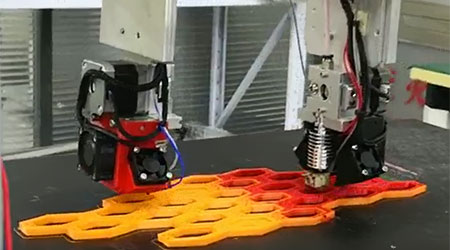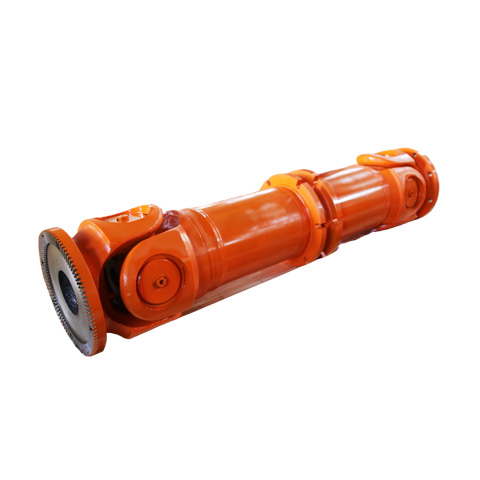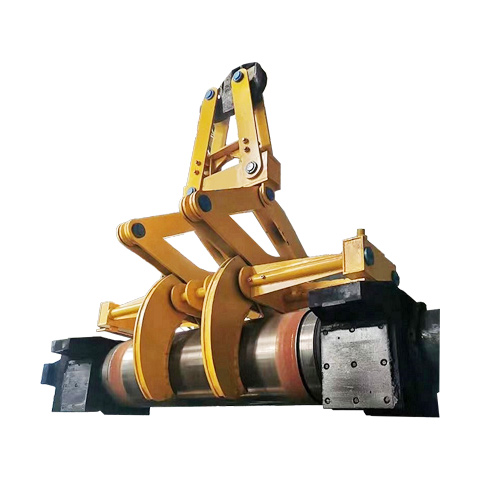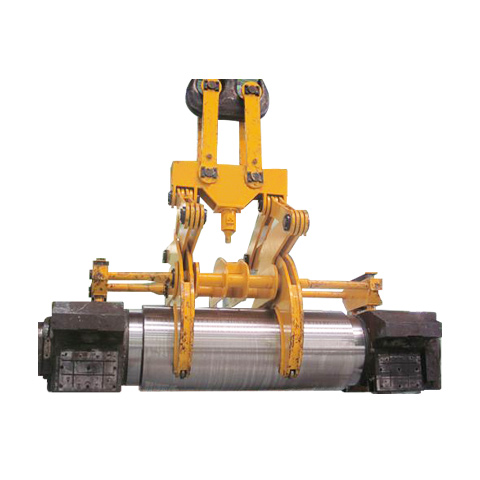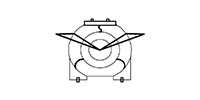Photoelectric Sensor: Illuminating the Path to Advanced Sensing Technology
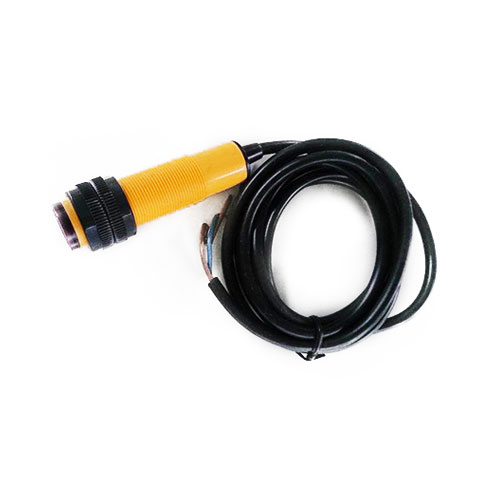
Photoelectric sensors utilize the principles of light and optics to detect objects, monitor distances, and positioning.
1. Working principles of photoelectric sensors
Photoelectric sensors operate based on the interaction between light and the target object. They consist of a light source and a receiver positioned in a way that the emitted light beam can be interrupted or reflected by the target object.
a. Through-beam photoelectric sensors: When the target object interrupts the light beam, the receiver detects the change in light intensity, indicating the presence of the object.
b. Reflective photoelectric sensors: The light emitted is reflected back to the receiver when it encounters or hit the target object. The sensor detects the reflected light, indicating the presence or absence of the object.
2. Applications of photoelectric sensors
a. Industrial automation: They are widely used for part detection, object counting, monitoring production lines, precise positioning and detection of objects.
b. Security systems: To detect motion or intrusion in motion detectors and burglar alarm systems, offering reliable and rapid response to potential threats.
c. Robotics and mobile devices: photoelectric sensors provide object detection capabilities, enabling autonomous navigation and obstacle avoidance.
3. Advantages of photoelectric sensors
a. Non-contact sensing: No wear and tear, and minimizing maintenance requirements.
b. High accuracy and precision: These sensors are suitable for applications that demand precise measurements and detection.
c. Rapid response time: Photoelectric sensors allow for real-time monitoring and control in dynamic environments.
1. Working principles of photoelectric sensors
Photoelectric sensors operate based on the interaction between light and the target object. They consist of a light source and a receiver positioned in a way that the emitted light beam can be interrupted or reflected by the target object.
a. Through-beam photoelectric sensors: When the target object interrupts the light beam, the receiver detects the change in light intensity, indicating the presence of the object.
b. Reflective photoelectric sensors: The light emitted is reflected back to the receiver when it encounters or hit the target object. The sensor detects the reflected light, indicating the presence or absence of the object.
2. Applications of photoelectric sensors
a. Industrial automation: They are widely used for part detection, object counting, monitoring production lines, precise positioning and detection of objects.
b. Security systems: To detect motion or intrusion in motion detectors and burglar alarm systems, offering reliable and rapid response to potential threats.
c. Robotics and mobile devices: photoelectric sensors provide object detection capabilities, enabling autonomous navigation and obstacle avoidance.
3. Advantages of photoelectric sensors
a. Non-contact sensing: No wear and tear, and minimizing maintenance requirements.
b. High accuracy and precision: These sensors are suitable for applications that demand precise measurements and detection.
c. Rapid response time: Photoelectric sensors allow for real-time monitoring and control in dynamic environments.
 English
English




